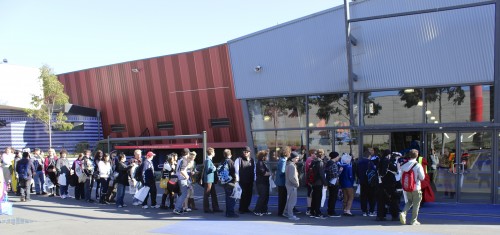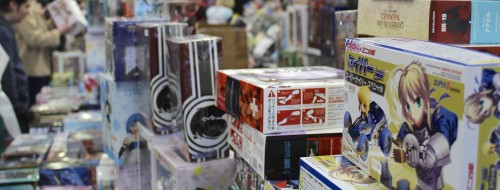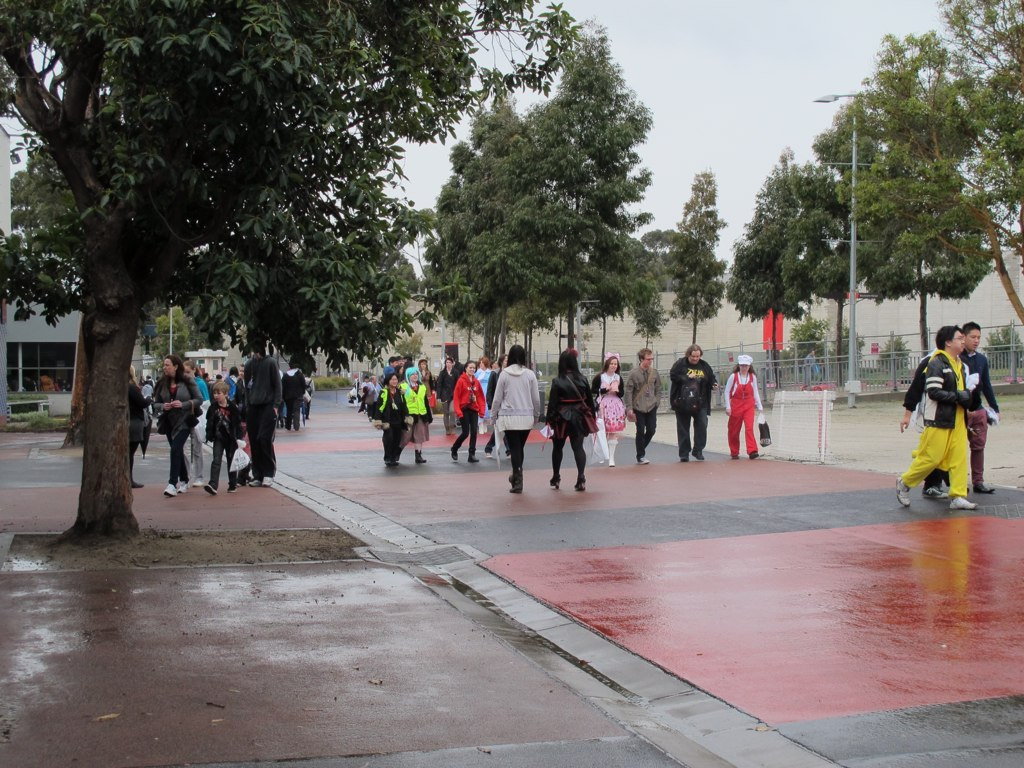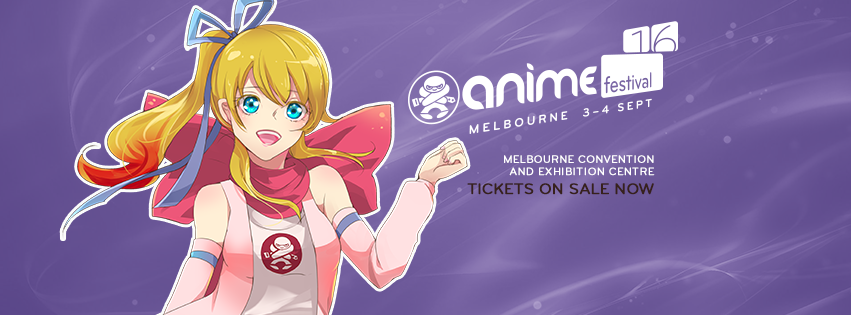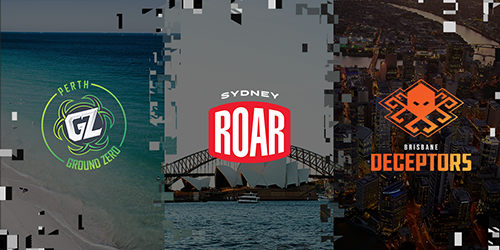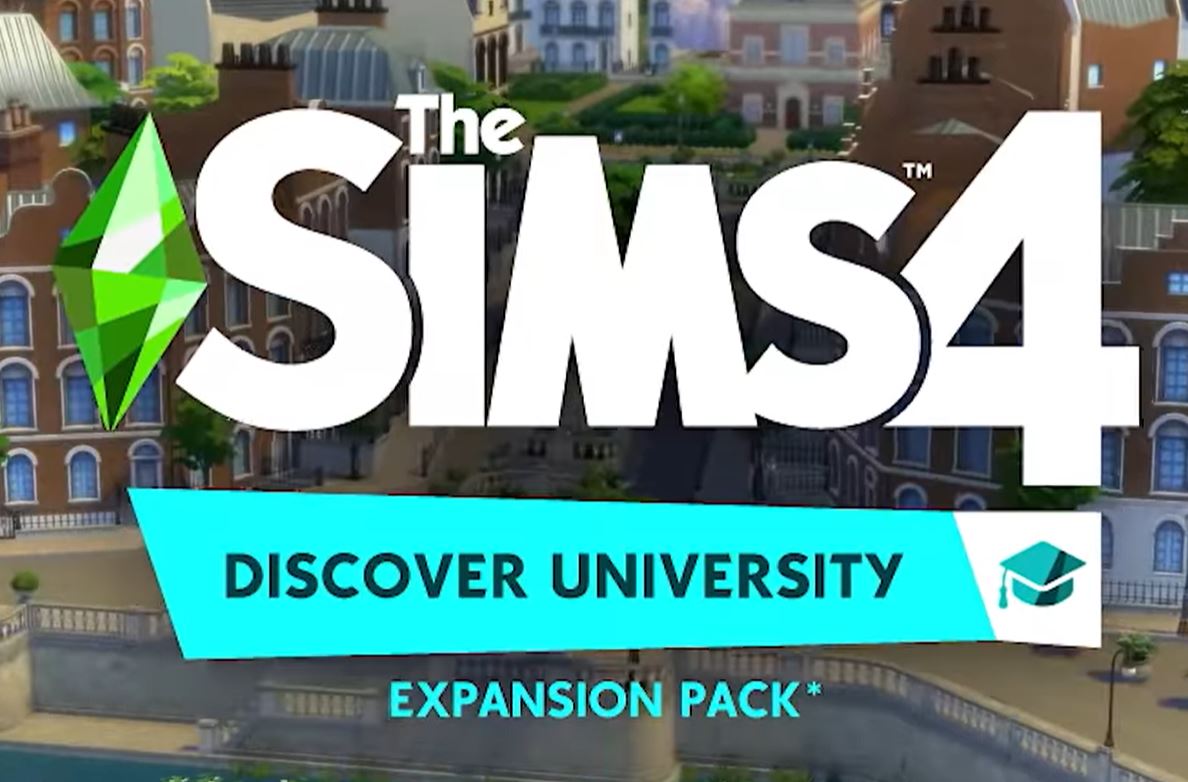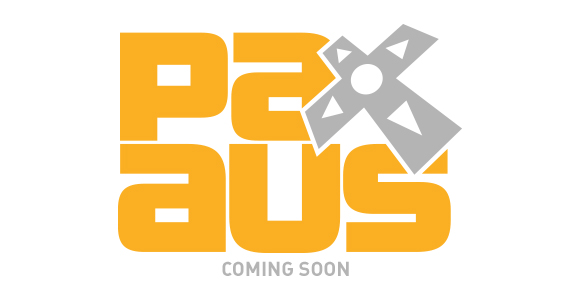
Ask anyone who knows anything about the inner workings of the volunteer committee that organises Manifest every August, and you’ll always get the same slightly alarming response: It’s a disorganised mess and the fact that the convention happens at all is a fairly impressive miracle.
The problem stems from the con’s roots in the university anime clubs that first organised it, originally as a series of all-day screenings marathons in the late 1990s, and then a proper convention at Melbourne University from 2000 to 2008. University anime clubs are generally run by well-intentioned but often time-constrained students, and most of them, back then, didn’t realise just how much extra commitment Manifest would need to run.
The end result is a con that feels like it was thrown together by people who either didn’t have enough time, or didn’t really know what they were doing. Often both. Most of the time, this isn’t evident when you’re attending Manifest, as the staff do a pretty decent job of holding it all together and patching over the obvious seams. Some years, however, things fall apart.
Manifest 2013 is one of those years. After having had three of the most amazing days of my life at PAX Australia, held a month earlier at the same venue, walking into Manifest was, to be frank, a huge letdown. Vast empty spaces in both the entry hall and traders hall made it clear that this wasn’t going to live up to that. The frustrating part is that a lot of this space could have been used for very little cost, if the Manifest organisers had just reached out a little further.
On the bright side, Manifest managed to pull out some really decent guests, with voice actors Tiffany Grant and Kyle Hebert, and ADV Films co-founder Matt Greenfield all in attendance. These are big names for anime fans, and having them here is a great coup for Manifest. It will definitely take some effort to top this next year.
Sadly, this was the only highlight in an otherwise disappointing event. Longstanding problems, such as continuous behind-the-scenes politics boiled over, and incidents such as the mishandled evacuation after a smoke bomb was let off in the traders hall suggested that Manifest continues to have serious problems with internal communication.
Personally, I was disappointed to see the huge wasted opportunity that formed this year’s screenings theatre. One of Manifest’s greatest assets is that, unlike most conventions— anime or otherwise— it schedules a full three days worth of screenings in three theatres. This year, that was expanded to four theatres, however the end result was far, far weaker. Traditionalists will be disappointed to find most anime was shown dubbed— definitely not something Manifest should be doing— and there was also no live-action content. Perhaps the biggest missed chance was that opportunities to screen the excellent Phoenix Wright and Rurouni Kenshin movies were missed.
To make matters worse, the single genuine marquee screening Manifest had— Attack on Titan— didn’t run. The reason given was a “technical issue”, which is, effectively, organiser-speak for “we don’t have a copy we can use for screenings”. This left a huge disappointment as many attendees would have been wanting to see what is an extremely popular new series that’s going to do big things in the West when it gets released on DVD and Blu-Ray.
Speaking of Attack on Titan, if you had any doubts about how incredibly popular it is, you just had to look around any part of Manifest to have them dispelled. It was by far the most popular choice for cosplay, and a number of traders offered pre-made costumes. There hasn’t been a series this well-represented at the event since The Melancholy of Haruhi Suzumiya some years ago.
As usual, cosplay was of a generally high standard, although I can’t help but feel that not being one of the events for Madman’s National Cosplay Championships hurts it a bit. Given the amount of time, effort, and money that goes into cosplay, especially the competitive forms of it, Manifest has to either work out how to become a part of these championships, or alternatively, become attractive enough to cosplayers that they can get a similar standard here.
On the video game front, this was probably the weakest showing since Manifest moved to the showgrounds. Gaming, which should be almost as significant a part of Manifest as anime, was relegated to the rear of the entrance hall, and left a lot to be desired. Retro consoles set up on modern screens with no care for aspect ratios, a limited variety of games and a lack of real organisation or arrangements. I couldn’t help but feel that gaming had been neglected, and that’s such a shame. I felt sorry for the guys running the PC gaming setup, as they were really out of place here.
Despite all the problems, I still managed, as I seem to do every year, to have fun at Manifest 2013. The organisers always end up creating an event where there’s always something to do, and while those things may have been lacking in comparison to past years, they were still there, and I think most attendees were able to draw entertainment from them. This will not go down as one of the great Manifests, for sure— 2009 and 2010 were hard to live up to— but it wasn’t as bad as the final years at Melbourne University, either.
It lacks the broader appeal of Supanova, or the international prestige of PAX, but Manifest continues to carve out its own little niche in Melbourne’s convention scene, and it continues to be an important part of what makes Melbourne the anime capital of Australia. I can only hope that the behind-the-scenes problems can be resolved quickly so that the organisers can focus on returning Manifest to its former glory in 2014.
You can see more photos from Manifest 2013 at my Flickr gallery.

